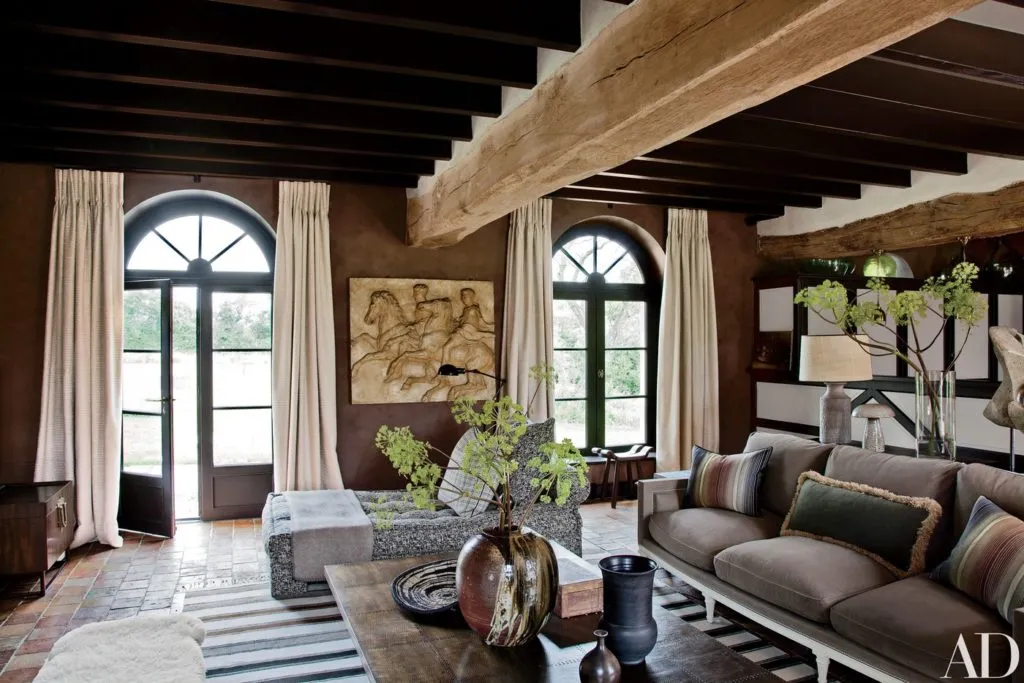Rustic Kitchen Decor Top 5 Stunning Ideas
Rustic kitchen decor embraces the warmth and charm of natural materials and a relaxed aesthetic, creating a welcoming and inviting space in your home. It’s a style that celebrates imperfection, with a focus on textures, tones, and a connection to the outdoors. From reclaimed wood to exposed beams, and from stone accents to neutral color palettes, there are countless ways to incorporate this timeless style into your kitchen. This guide explores the top 5 stunning ideas for rustic kitchen decor, offering inspiration and practical tips to transform your space into a cozy haven. Discover how to infuse your kitchen with the beauty of the countryside and the comfort of a well-loved home.
Embracing Rustic Kitchen Decor
Embracing rustic kitchen decor means creating a space that feels both functional and full of character. It’s about celebrating the beauty of imperfection and embracing the natural elements that bring warmth and depth to your kitchen. This style often incorporates aged or weathered materials, such as reclaimed wood, distressed finishes, and handmade items. Rustic kitchens are not about sterile perfection; they are about creating a space that feels lived-in, inviting, and tells a story. By focusing on natural textures, warm colors, and vintage-inspired accessories, you can transform your kitchen into a charming and welcoming hub for your home.
Key Elements of Rustic Kitchen Decor
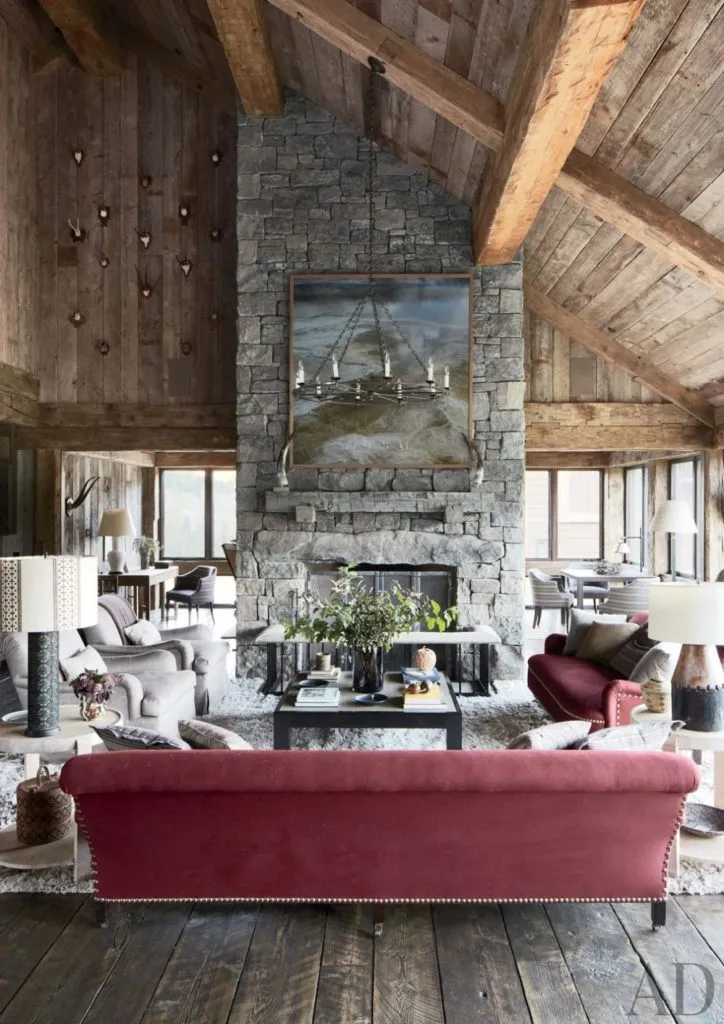
Several key elements define the rustic kitchen aesthetic. The use of natural materials is paramount, with wood, stone, and metal taking center stage. The color palette typically leans towards neutral and earthy tones, such as creams, browns, greens, and grays. Textures play a significant role, with exposed beams, rough-hewn wood, and textured fabrics adding depth and visual interest. Vintage-inspired accessories, such as cast iron cookware, antique scales, and handcrafted pottery, complete the look. By incorporating these elements, you can create a truly authentic and inviting rustic kitchen.
Wooden Accents for Rustic Kitchens
Wood is the heart of rustic kitchen design, bringing warmth and character to the space. From cabinets and countertops to open shelving and flooring, the possibilities are endless. Choose wood with visible grain, knots, and imperfections to enhance the rustic feel. Reclaimed wood is particularly popular, as it adds a unique history and texture to your kitchen. Consider using butcher block countertops, wooden islands, and wooden range hoods to incorporate this essential element. Ensure the wood is properly sealed and maintained to preserve its beauty and longevity.
Reclaimed Wood Features
Reclaimed wood brings unmatched character to a rustic kitchen. Sourced from old barns, factories, or other structures, it tells a story through its unique markings and weathered appearance. Incorporate reclaimed wood as a feature wall behind your range, create a custom island, or use it for open shelving. The imperfections, such as nail holes and saw marks, add to the charm and authenticity of the space. Ensure the wood is properly treated to remove any potential hazards and to enhance its durability.
Exposed Beams and Shelving
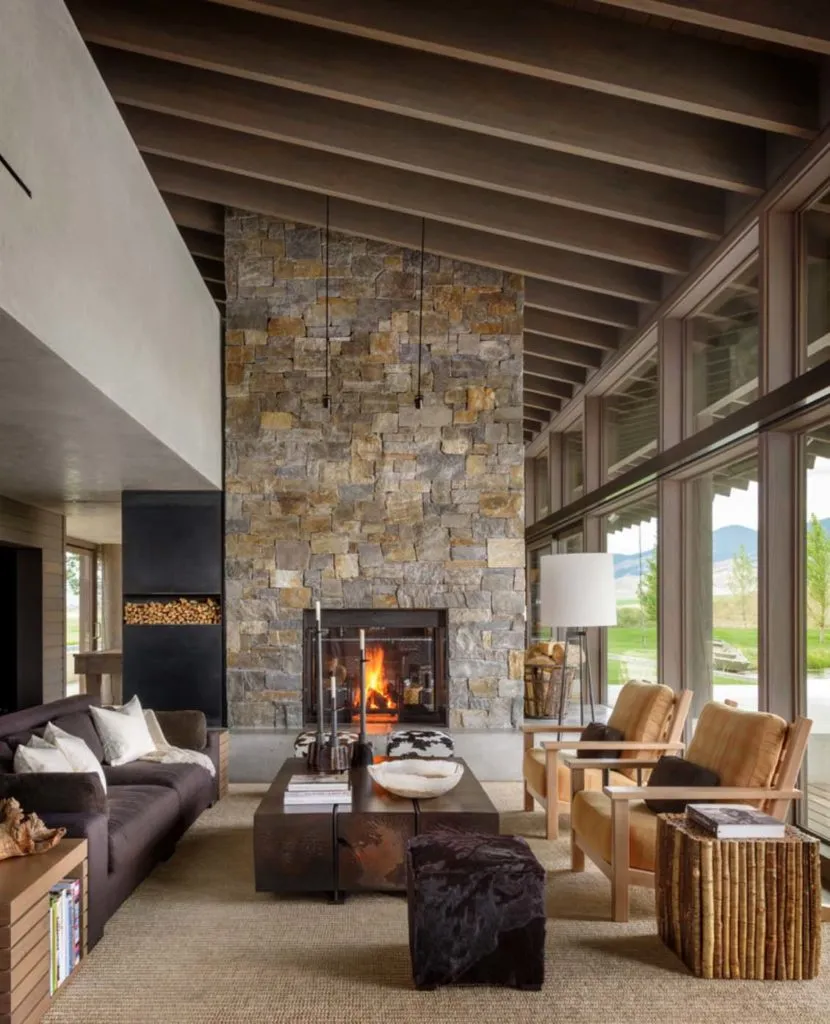
Exposed beams and open shelving are quintessential elements of rustic kitchen design. Exposed beams add architectural interest and a sense of history to the space, while open shelving provides both functionality and visual appeal. Use the shelving to display your favorite dishes, cookbooks, and decorative items. The combination of exposed beams and open shelving creates a warm, inviting atmosphere that celebrates the natural beauty of the materials. Consider adding wooden corbels or brackets to further enhance the rustic aesthetic.
Stone and Brick Accents
Stone and brick add a touch of rugged elegance to rustic kitchens. Consider incorporating stone backsplashes, brick walls, or stone flooring to create a sense of depth and texture. Natural stone, such as slate or granite, brings a touch of the outdoors inside, while brick offers a classic, timeless appeal. These materials can be used in various ways, from creating a dramatic focal point to adding subtle accents throughout the space. The combination of stone and brick with wood creates a balanced and harmonious rustic design.
Incorporating Natural Stone
Natural stone backsplashes or countertops introduce an element of organic beauty into your kitchen. Slate, granite, and limestone are excellent choices, each offering a unique texture and color variation. Stone is durable, heat-resistant, and easy to maintain, making it a practical choice for kitchen design. Its natural imperfections and variations add to the rustic charm, and it pairs beautifully with wooden cabinetry and accessories. Choose a stone that complements your overall color palette and enhances the warmth of your kitchen.
Using Brick in Design
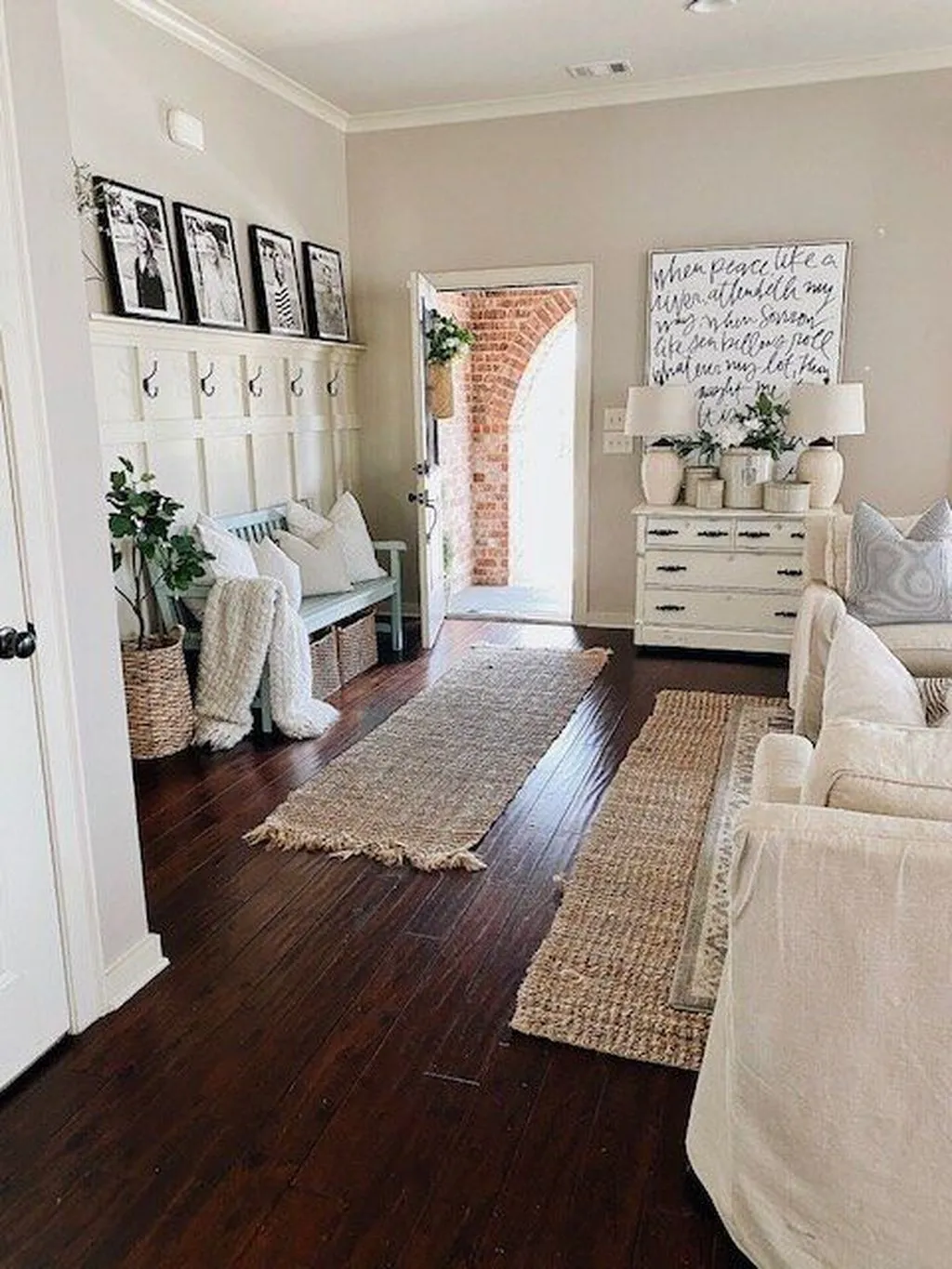
Brick adds a touch of industrial charm to a rustic kitchen. Consider using brick for a backsplash, an accent wall, or even the flooring. The warm tones and textured surface of brick create a cozy and inviting atmosphere. You can choose to expose the brick in its natural state, paint it for a more refined look, or whitewash it to brighten the space. Brick pairs well with wood, metal, and other natural materials, making it a versatile choice for a rustic kitchen design.
Color Palettes in Rustic Kitchen Decor
The color palette in a rustic kitchen is essential to creating the right mood. Neutral and earthy tones, such as whites, creams, beiges, browns, and grays, form the foundation of the design. These colors create a sense of calm and allow the natural materials to shine. Accent colors, such as deep greens, muted blues, and warm yellows, can be incorporated through accessories and textiles. The goal is to create a cohesive and inviting space that feels warm and welcoming.
Neutral Colors and Earthy Tones
Neutral colors and earthy tones are the cornerstone of rustic kitchen design. Whites, creams, and beiges create a bright and airy feel, while browns and grays add warmth and depth. These colors serve as a backdrop for the natural materials and textures in the kitchen. Consider using these tones for your walls, cabinets, and flooring to create a cohesive and inviting space. This palette allows you to easily incorporate accent colors through accessories and textiles.
Warm Hues and Textures
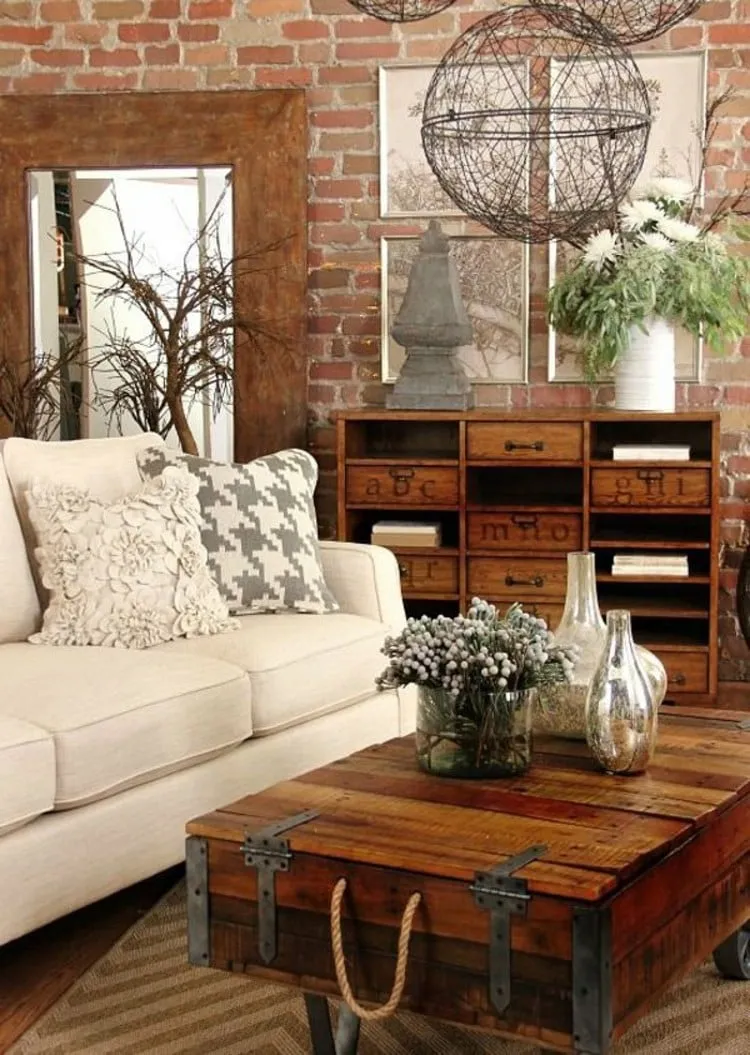
Warm hues and textured surfaces add depth and character to a rustic kitchen. Incorporate warm colors such as terracotta, mustard yellow, and olive green through accessories and textiles. Textured surfaces, such as rough-hewn wood, woven rugs, and stone backsplashes, add visual interest and a sense of tactile comfort. The combination of warm hues and textures creates a cozy and inviting atmosphere. Consider using a variety of textures, from smooth stone to rough wood, to create a balanced and visually appealing design.
Lighting and Accessories
Lighting and accessories play a crucial role in completing the rustic kitchen look. Choose lighting fixtures that complement the overall aesthetic, such as wrought iron chandeliers, pendant lights with exposed Edison bulbs, and sconces with a vintage feel. Accessories, such as vintage scales, cast iron cookware, and handcrafted pottery, add personality and charm to the space. These details are what make a kitchen feel truly unique and reflect the homeowner’s personal style.
Choosing the Right Lighting
Lighting in a rustic kitchen should be both functional and stylish. Opt for fixtures that complement the rustic aesthetic, such as wrought iron chandeliers, pendant lights with exposed Edison bulbs, and sconces with a vintage feel. Consider layering your lighting to create a warm and inviting atmosphere. Include task lighting over the countertops and island, ambient lighting for the overall space, and accent lighting to highlight architectural features or decorative items. Dimmer switches can help you adjust the lighting to suit your mood and create a cozy ambiance.
Accessorizing with Rustic Elements
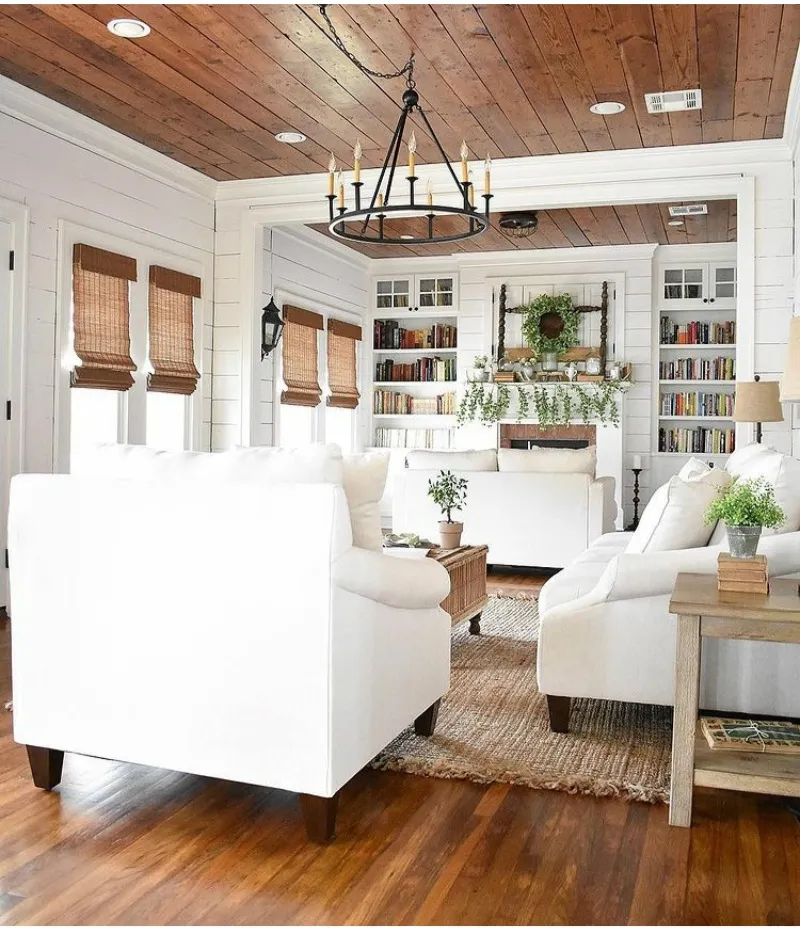
Accessories are essential for adding personality and character to your rustic kitchen. Incorporate vintage scales, cast iron cookware, handcrafted pottery, and antique cutting boards. Display cookbooks, wooden utensils, and woven baskets on open shelving. Use natural materials, such as wood, stone, and metal, to complement the overall aesthetic. These details transform a functional space into a warm and inviting hub. Consider adding a vintage rug, a farmhouse sink, or a distressed wooden table to complete the look.
Rustic Kitchen Decor Ideas for Living Room Integration
If your kitchen flows into a living room, creating a cohesive design is key. Use similar materials, color palettes, and design elements in both spaces to ensure a seamless transition. For example, if you have exposed beams in your kitchen, consider carrying this feature into your living room. Use similar wood tones in your furniture and flooring to create visual harmony. This blending of styles creates a space that feels unified and inviting.
Creating a Cohesive Space
When integrating your kitchen and living room, aim for a cohesive and unified look. Use a consistent color palette throughout both spaces, drawing inspiration from the rustic aesthetic. Ensure the materials used in your kitchen, such as wood, stone, and metal, are also present in your living room furniture and decor. This will create a sense of harmony and flow between the two areas. Consider using similar design elements, such as exposed beams, open shelving, and vintage-inspired accessories, to create a seamless transition.
Mixing Styles and Materials
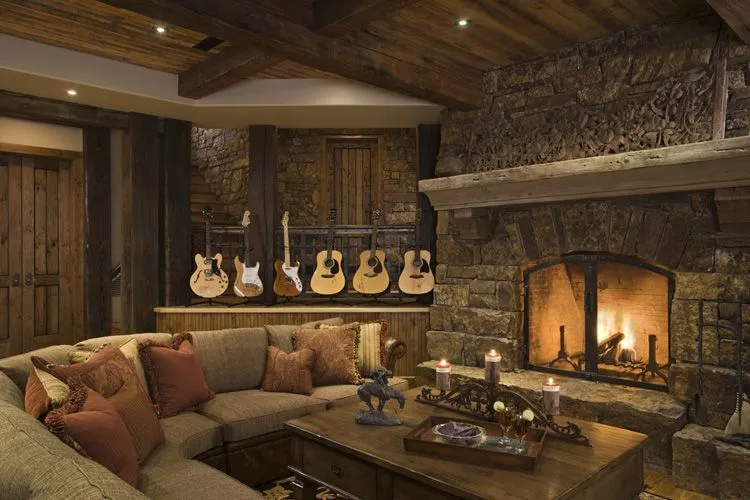
Don’t be afraid to mix and match styles and materials to create a unique and personalized space. While the rustic aesthetic is a good starting point, you can incorporate elements from other styles to add interest and depth. For example, you can pair rustic wood with sleek metal accents or incorporate modern appliances into your kitchen. The key is to balance different elements to create a cohesive and visually appealing design. Consider adding a touch of industrial style with metal pendant lights or incorporate contemporary art to add a touch of sophistication.
Conclusion
Rustic kitchen decor offers a timeless and welcoming style that brings warmth and character to any home. By incorporating key elements like wood, stone, neutral colors, and vintage accessories, you can create a space that feels both inviting and functional. Consider these ideas and tips to transform your kitchen into a cozy haven, and embrace the charm of the countryside within your own home. With a little creativity, you can design a rustic kitchen that reflects your personal style and becomes the heart of your home.
